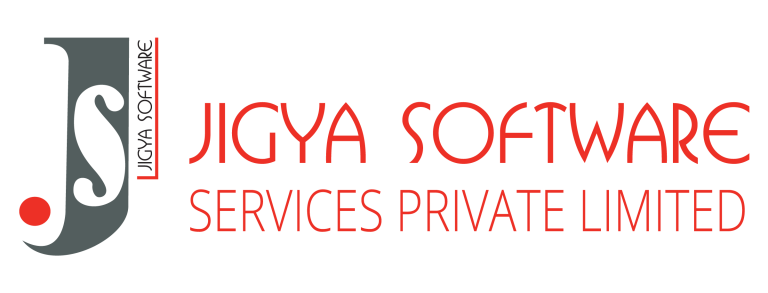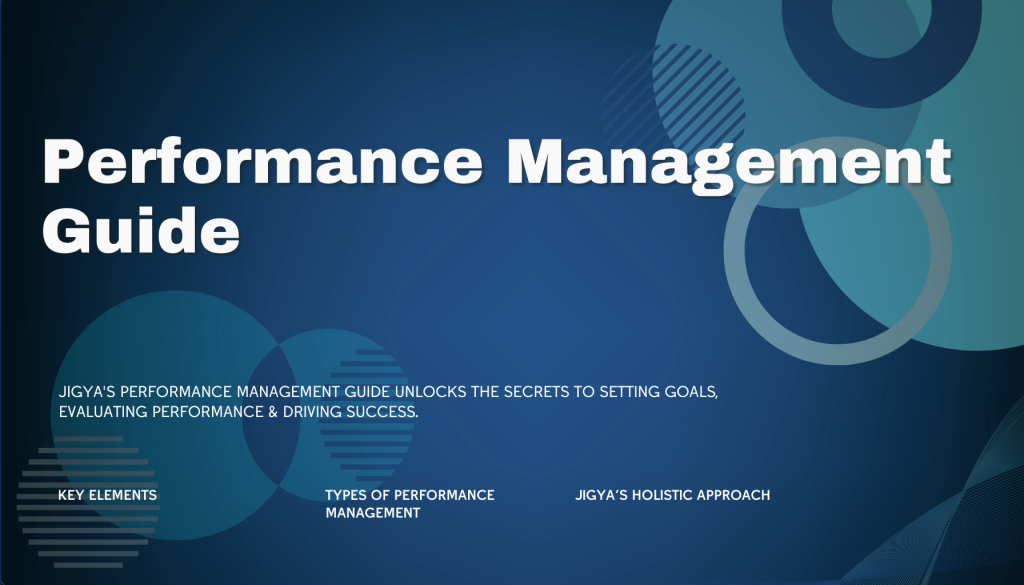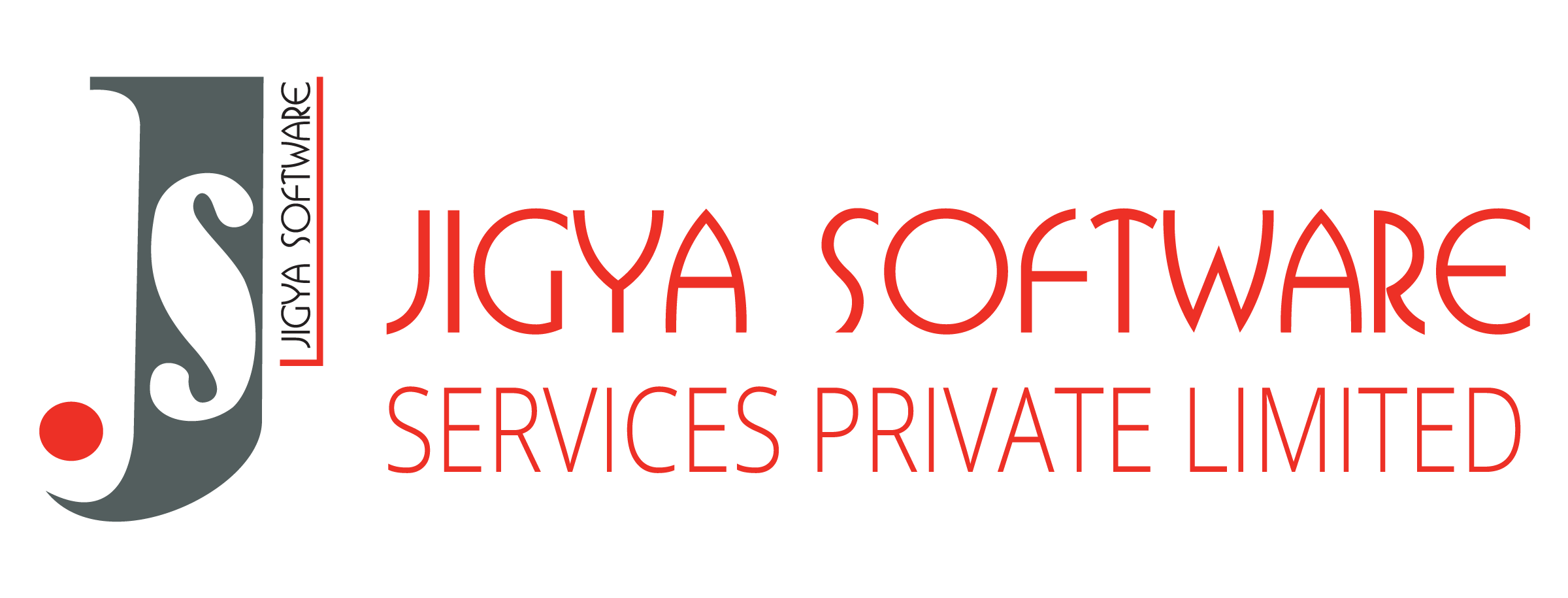A robust performance management system is essential for systematically evaluating and tracking employee performance. It employs a blend of strategies and tools to guarantee alignment between individual employee contributions and broader organizational goals. At its core, this system fosters a partnership between managers and employees, facilitating the establishment of clear expectations, employee goal setting, performance metric creation, appraisal delivery, and continuous feedback.
When meticulously designed and executed, a performance management system directly enhances workforce productivity. Employees become deeply engaged in their work, contributing to minimized turnover and maximized revenue per employee.
Many organizations are transitioning away from conventional annual appraisals, embracing a continuous performance management (CPM) model. CPM prioritizes frequent manager-employee discussions, one-on-one meetings, and ongoing feedback, creating a more agile and responsive performance environment. This transparency eliminates potential surprises and allows employees to rapidly refine their performance. Crucially, CPM systems often allow for reciprocal feedback between employees and managers, with a strong focus on development and future growth.
Technological advancements have streamlined performance management and employee evaluations. Comprehensive performance management software empowers managers to define employee profiles and expectations, crafting goals directly linked to organizational objectives. These platforms enable efficient performance monitoring, documentation, and appraisal processes. Most importantly, they bolster employee engagement through transparency, recognition systems, and open feedback channels.
“A performance management system tracks the performance of employees in a manner that is consistent and measurable.”
What Business Problems Does Performance Management Software Resolve?
A well-implemented performance management system addresses numerous challenges faced by organizations. Here are some critical areas where it proves invaluable:
Retaining Top Talent:
Failure to acknowledge and incentivize high-performing employees often leads to their departure. Performance management software provides a framework to measure and recognize excellence, fostering loyalty and decreasing the loss of valuable talent.
Boosting Financial Performance:
Inefficient or misaligned work practices can significantly erode profitability. Performance management systems create a direct link between employee contributions and overall business objectives, eliminating wasteful workflows and enhancing the bottom line.
Standardized Decision-Making:
Performance management systems establish consistent, data-driven processes for compensation adjustments, promotions, and, when necessary, terminations. This structured approach ensures fairness and reduces subjectivity.
Legal Defensibility:
Detailed performance records generated by the system offer clear justification for employment-related decisions. Should any decision be contested, this robust documentation supports the organization’s position.
What are the Key Elements of a Performance Management System?
Robust performance management software offers flexibility, with options for on-premise, cloud-based, or hybrid deployment models. Cloud platforms often provide superior benefits, including enhanced data storage capacity, robust security, and seamless integration with complementary HR systems such as those supporting learning and development, compensation, and other employee-focused functions.
A comprehensive performance management system is built upon three core processes:
-
Plan and Act with Goal Management
- Strategic Alignment:Performance goals for each employee must directly connect to broader organizational objectives, ensuring consistent contributions.
- Meaningful Work:Assigning employees tasks that are both challenging and fulfilling fosters deep engagement and higher performance levels.
- Agility:The system should readily facilitate goal adjustments in response to shifting business priorities, ensuring a dynamic performance environment.
-
Monitor with Continuous Performance Management
- Ongoing Tracking:Performance management systems allow for the consistent monitoring of employee goals relative to organizational targets.
- Guidance and Feedback:Managers must provide timely feedback and guidance to facilitate performance improvement.
- Real-Time Recognition:Celebrating achievements promptly enhances employee motivation and reinforces desired behaviors.
-
Evaluate and Recognize through Performance Assessments
- Consistent Assessment:Performance evaluations should be structured and objective, minimizing bias and ensuring fairness.
- Rewarding Excellence:Performance management systems enable the formal recognition and rewarding of top performers, solidifying their value to the organization.
- Data-Driven Insights:Quantitative performance data empowers organizations to understand and articulate the specific value delivered by their workforce.
3 Types Of Organizational Performance Management Systems
Organizational performance management (also referred to as corporate performance management) encompasses the methodologies and processes designed to define, track, and ultimately realize your strategic goals. Here are three widely-used organizational performance management frameworks:
-
The Balanced Scorecard (BSC)
The Balanced Scorecard (BSC) stands as a highly effective performance management system, with 88% of users affirming its value in attaining objectives. The BSC’s strength lies in how it integrates four distinct business perspectives – financial, customer, internal processes, and people – to enable comprehensive organizational goal tracking.
-
Core Components:
- Objectives: High-level strategic goals clearly articulating organizational aims, categorized across the four perspectives.
- Measures: Key performance indicators (KPIs) that track progress towards objectives.
- Initiatives: Actionable programs central to objective achievement.
-
Key Considerations:
- The BSC powerfully drives cross-departmental alignment by connecting individual objectives to the overarching organizational strategy.
- A successful BSC implementation demands a structured reporting process, ensuring consistent strategic review.
-
Management by Objectives (MBO)
Pioneered by Peter Drucker, Management by Objectives (MBO) exhibits variations in its implementation. Its essence lies in establishing a set of organizational objectives (typically between two to six) that then inform the creation of individual employee objectives.
-
Key Characteristics:
- Objectives within MBO may not necessarily be interconnected, differentiating it from the BSC’s aligned approach.
- Objectives may emerge from a collaborative leader-employee process, enhancing buy-in and clarifying the path forward.
- The primary emphasis of MBO rests on the objectives themselves, with less focus on their execution strategies. Clarity is achieved by differentiating between measures and projects.
-
Identifying MBO:
While the term may not appear explicitly in strategy documents, its presence can be inferred from goals, objectives, and grouped activities.
-
Budget-driven Business Plans
In this less common performance management system, the organizational budget takes precedence over strategy. Work plans are linked to the budget, with funding directed towards initiatives that yield results.
-
Key Characteristics:
- Grouping income and expenses into categories facilitates decision-making regarding downsizing or investment.
- Blends ongoing and new projects.
- The finance team drives this approach, unlike other systems typically guided by the strategy department. Budget distribution often begins with a historical overview.
Types of Individual Performance Management Systems
Individual performance management systems (also known as personnel or HR performance management) provide a structured framework for evaluating employee performance while ensuring alignment with divisional, departmental, and overarching organizational strategies. Two prevalent systems exist: Objectives and Key Results (OKRs) and HR review-driven systems.
1. Objectives and Key Results (OKRs)
OKRs stand as the most popular contemporary framework, offering a straightforward method for goal setting, tracking, and progress measurement. Key components include:
- Individual Objectives: Each employee establishes a set of objectives (typically three to five), linked directly to the broader organizational goals.
- Hierarchical Structure: OKRs cascade from individual employees to managers, then managers’ managers, and so on, ensuring alignment across all levels.
- Frequent Reporting: Progress reporting often occurs quarterly, with results normalized on a scale (e.g., 0-1 or 0-100%) for streamlined analysis.
- Weighted Key Results: Key results can be weighted for individuals and aggregated to the managerial level.
- Strategic Oversight (Optional): A centralized strategy office may oversee reviews, though decentralized OKR implementation is also common.
The OKR system excels in its simplicity. Clear responsibilities, tangible goals, and consistent reporting foster a focused and results-driven work environment.
2. HR Review-Driven Systems
HR review-driven systems complement, rather than replace, OKRs. They focus on individual performance metrics from the human resources perspective. While OKRs prioritize strategic objective fulfillment (e.g., sales targets in a sales department), HR systems also assess non-objective factors like skill development and cultural fit.
-
Characteristics:
- Less frequent reviews (typically annual or semi-annual)
- Evaluation encompasses organizational contributions (like OKRs), competencies, workplace culture alignment, and professional growth.
- HR departments normally manage reviews, unlike the strategy-oriented oversight in OKR systems.
3. Behaviorally Anchored Rating Scales (BARS)
BARS uniquely evaluates behavioral attributes relevant to employee performance. Descriptive statements correspond to various behavioral levels, allowing mapping of intangible employee traits to a quantifiable rating system. Key elements of a BARS system include:
- Identification of Critical Incidents: Behaviors significantly impacting job roles are pinpointed.
- Performance Dimension Creation: Behaviors influencing specific aspects of the role are grouped and refined through collaborative input.
- Quantifiable Scaling: Behaviors are assigned scaling systems to measure effectiveness.
- The Final BARS Instrument: Collected data is applied to a vertical scale, highlighting the employee’s strengths and areas for development.

What Performance Management System Is Best?
The optimal performance management system depends entirely on your organization’s strategic approach and structure:
-
Strategy-Driven Organizations:
For organizations with an active strategy office, the Balanced Scorecard (BSC) offers a powerful advantage. The BSC’s comprehensive strategic view, encompassing multiple interconnected perspectives, facilitates efficient organization-wide performance management.
-
Decentralized Strategy:
If strategy primarily consists of distinct departmental goals, Management by Objectives (MBO) is a suitable choice. While MBO lacks cross-organizational alignment, it excels at setting and tracking clear departmental objectives.
-
Finance-Led Strategy:
Organizations where the finance department primarily drives strategy benefit from budget-driven performance management. This approach removes potential strategic realignments that might necessitate unconventional budget allocation.
This same principle applies to individual performance management frameworks. Choose systems that align with the key drivers within your organization:
-
Strategy-First Organizations:
Implementing an OKR (or personal scorecard) system effectively drives organizational performance by aligning individual goals with the broader strategy.
-
Strong HR Presence:
Organizations with a robust HR department focused on talent development, nurturing, and identification will gain significant value from regular HR performance reviews.
-
Maximizing Effectiveness:
The true power of performance management emerges when organizational and individual systems work in tandem. A strategic blend of the BSC with individual-level OKRs can optimize alignment. Ideally, employees should strive to achieve organizational goals while continuously developing their skillsets for the company’s long-term benefit. Carefully consider which performance management framework combination best supports this vision.
A Word of Caution:
Avoid entangled or overlapping systems, as this hinders performance gains. Ensure clear delineation between the strategy dictated by the strategy office, the financial mandates determined by finance, and the HR department’s focus on competencies and promotions. Collaborative execution thrives when all departments fully understand their roles and the hierarchy of authority within the performance management framework.
At this juncture, you may be questioning how successful organizations seamlessly execute all-encompassing performance plans – the undertaking can appear formidable. Fortunately, Jigya Software Services‘ performance management software was meticulously designed for this express purpose – let us demonstrate how.
Harnessing Jigya Software Services for Holistic Performance Management
As the preceding descriptions likely suggest, performance management embodies a multifaceted discipline. Indeed, some organizations fail to attain their performance objectives due to a lack of suitable tools to govern the process. Without a streamlined method for visualizing, quantifying, and tracking strategic goals, accurately enhancing performance becomes an unattainable endeavor.
Jigya Software Services, an Orpine Group Company empowers you to manage any chosen performance management framework. Our solution not only maintains the prominence of your strategy and objectives but also streamlines the most labor-intensive aspects of the process.
A core strength of Jigya Software Services lies in its ability to grant your organization a dynamic means to visualize (and share) the intricate connections within your strategy. Goals, measures, and projects can be linked interdepartmentally to clearly demonstrate how each objective aligns with the overarching strategy. Furthermore, you can connect measures and initiatives to goals, elucidating the relationships between these elements. Our software even enables the linkage of individual performance KPIs, revealing how each employee contributes to departmental and overall organizational goals.
Whether your desire is a top-down perspective on corporate performance, a focused view of project performance, or granular insights into individual employee performance, our dashboards, reports, and additional features render the entire process and its interconnectedness transparent.
Exploring Performance Management Systems: Facts and Examples
The Balanced Scorecard:
An Enduring Framework for Success While its origins lie in the past, the balanced scorecard continues to serve as a powerful strategic performance management tool. Its influence is evident, with widespread adoption among businesses seeking to guide informed decision-making. Industry leaders across sectors – from automotive giants like Volkswagen and Ford to banking heavyweights like Wells Fargo and Citibank, and even tech pioneers like Apple – rely on the balanced scorecard’s insights to propel their strategic initiatives.
Management by Objectives (MBO):
A Focus on Results and Alignment The MBO philosophy emphasizes operational efficiency and stronger bonds between stakeholders, explaining its popularity in the corporate landscape. Companies like Hewlett-Packard, Xerox, and Intel exemplify the successful use of MBO. Hewlett-Packard’s implementation is particularly noteworthy, demonstrating how MBO can cascade goals across executive levels, generating a system where objectives are interconnected. The company’s emphasis on clearly documented plans reinforced this alignment, ensuring employees knew what to achieve and how to contribute.
The Bell Curve:
A Prevalent Approach in India An estimated 75-80% of Indian companies incorporate the bell curve method into their performance appraisal processes, often supplementing it with additional management systems. Its use by major Indian employers such as Infosys, Wipro, ICICI Bank, and the Aditya Birla Group highlights its ability to handle large-scale employee evaluations. The bell curve’s perceived fairness and predictability contribute to its continued use within the HR landscape.
OKRs:
Driving Growth Through Focused Execution Companies that have effectively implemented Objectives and Key Results (OKRs) illustrate the power of pinpointing essential tasks and goals for cohesive organizational growth. Tech leaders like Microsoft, LinkedIn, Google, and Mozilla, along with health-focused platforms like Cure.fit, have all embraced OKRs within their performance management strategies. It’s worth noting that OKR success hinges on both goal-setting and progress monitoring – specialized OKR software like Darwinbox plays a key role in this process.
360-Degree Appraisal:
Insight from Every Angle The 360-degree appraisal method stands out due to its comprehensive nature, gathering performance feedback from the full range of individuals who interact with an employee. Companies like MARUTI SUZUKI Motors and HCL demonstrate the value of this approach, seeking to gain well-rounded perspectives on employee performance.


